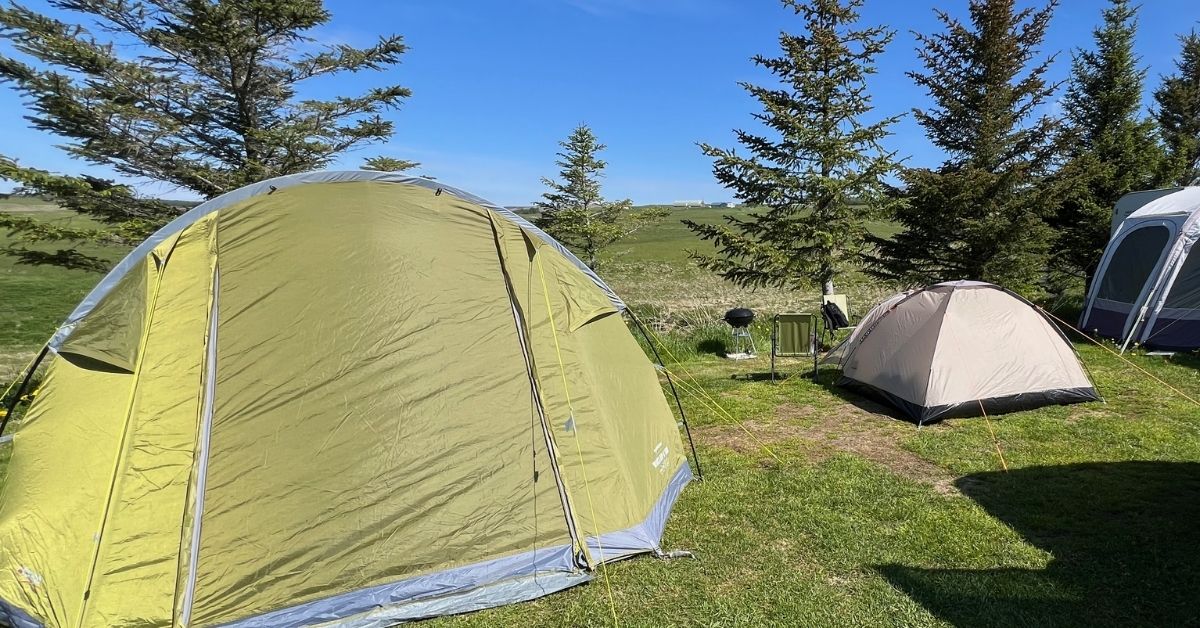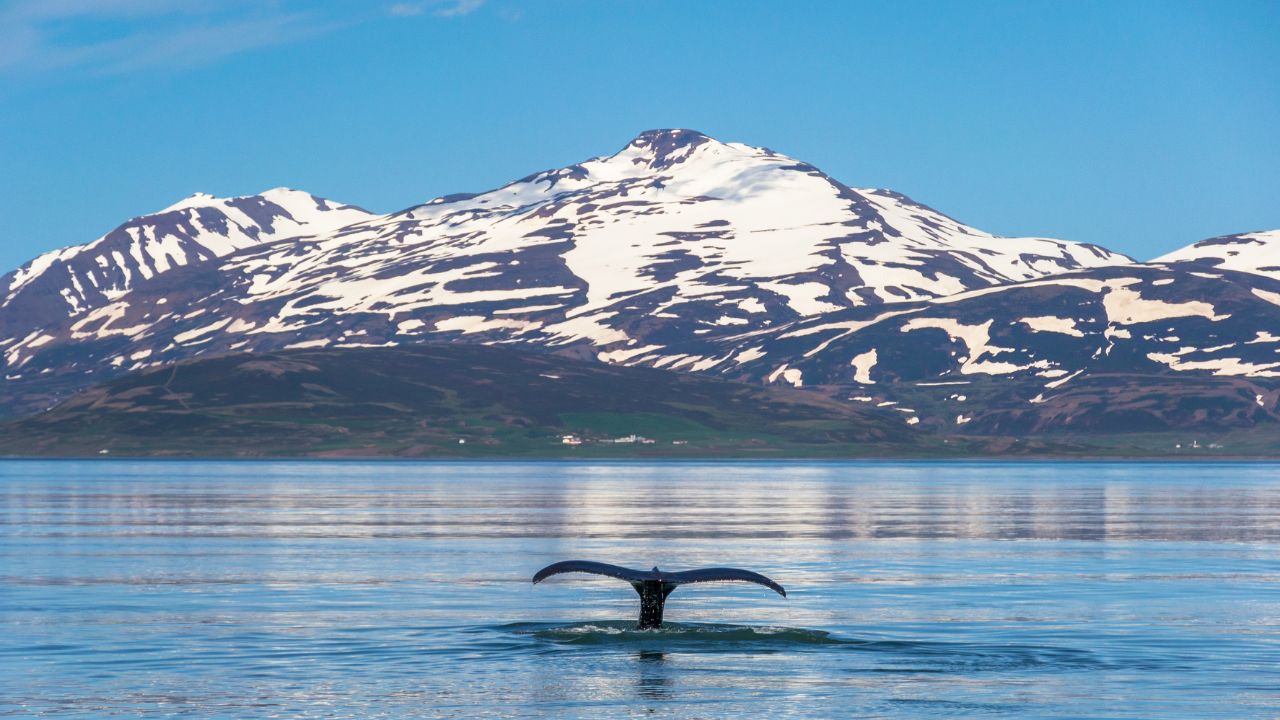Exploring Iceland on a Budget

Iceland is a land that captures the imagination like few places on Earth. Towering waterfalls, volcanic landscapes, geothermal hot springs, and the ethereal northern lights all beckon travelers to explore. Yet, for many, the reputation of Iceland as an expensive destination can be intimidating.
Flights, accommodation, food, and activities often carry a higher price tag than in other European countries. However, with a bit of planning, creativity, and local insight, exploring Iceland on a budget is not only possible—it can be a deeply rewarding experience. From camping under the midnight sun to discovering hidden waterfalls and sampling affordable Icelandic food, there are countless ways to experience Iceland’s magic without draining your wallet.
This guide delves into practical tips and strategies for budget-conscious travelers who want to immerse themselves in Iceland’s beauty while keeping expenses in check.
1. Mixing Accommodation: Guesthouses and Budget Stays
Guesthouses and Hostels
Guesthouses are a fantastic middle-ground option between hotels and camping. Many guesthouses offer private rooms with shared bathrooms at reasonable rates, often including breakfast. In smaller towns and rural areas, guesthouses can be incredibly charming, with hosts who provide insider tips about nearby attractions, hiking trails, and lesser-known gems. Booking early is key, especially during the summer months when Iceland’s popularity peaks.
Hostels are another affordable choice, particularly in Reykjavik and other major tourist hubs like Akureyri and Vik. Modern Icelandic hostels often provide clean facilities, communal kitchens, and opportunities to meet fellow travelers. Staying in a hostel with a kitchen allows travelers to save on meals by cooking some of their own food—a major cost saver in a country where dining out can be pricey.
Airbnb and Private Rentals
For travelers who prefer more privacy or are traveling in small groups, Airbnb and similar platforms offer apartments or rooms at competitive rates. Renting a small apartment with a kitchen gives the flexibility to shop for groceries and prepare meals, which is especially handy for longer stays.
Strategic Booking Tips
- Avoid last-minute bookings in peak season. Prices can skyrocket if you wait until you arrive.
- Consider staying slightly outside main tourist towns. A few kilometers from the center can significantly reduce costs.
- Mix accommodation types. Spend a few nights in guesthouses or hostels and balance it with camping for a fully budget-conscious experience.
By combining guesthouses, hostels, and Airbnb rentals strategically, travelers can enjoy comfort while keeping their lodging expenses manageable.
2. Sleeping in Nature: Camping Gear and Car Camping

Camping in Iceland is one of the best ways to experience the country on a budget. The sense of freedom that comes with waking up to a panoramic view of a glacier or a secluded waterfall is unparalleled.
Choosing the Right Camping Gear
Investing in quality camping gear can pay off for budget travelers planning to explore Iceland extensively. Key items include:
- Durable tent: Iceland’s weather can be unpredictable, so a strong, wind-resistant tent is essential.
- Sleeping bag and mat: Nights can be chilly, even in summer. A good sleeping bag rated for sub-zero temperatures ensures warmth and comfort.
- Portable stove and cookware: Preparing meals at the campsite reduces reliance on restaurants.
- Waterproof clothing: Rain and wind are common, so waterproof jackets, pants, and boots are must-haves.
Some travelers may opt to rent camping gear in Iceland from local companies, which can be a convenient option for shorter trips or those not wanting to transport their own gear.
Campsites and Car Camping
Iceland has a network of well-maintained campsites, many of which offer amenities such as showers, kitchens, and electricity for a modest fee. Booking in advance is recommended in summer, though some sites allow walk-ins.
Car camping is increasingly popular, especially with campervans. Renting a van with sleeping arrangements allows travelers to move freely, avoid nightly booking stress, and sleep right in nature. A campervan may require a higher upfront cost, but the flexibility and potential savings on accommodation often make it worthwhile. It also opens up possibilities for spontaneous travel, like chasing the northern lights or staying longer near a spectacular waterfall.
Tips for Camping in Iceland
- Follow campsite rules: Wild camping outside designated areas is largely prohibited in Iceland, so respecting local regulations is crucial.
- Embrace early mornings: Early starts not only help avoid crowds but also maximize daylight hours for exploration.
- Pack compact meals: Simple, easy-to-prepare foods like pasta, rice, canned goods, and oatmeal are ideal for camping.
Camping allows travelers to wake up surrounded by Iceland’s natural beauty while keeping accommodation costs to a minimum.
3. Eating on a Budget: Grocery Stores and Local Tips
Food can be intimidating in Iceland. A meal at a restaurant can easily hit €25–€30 per person. But don’t panic—there are ways to eat well without overspending.
Grocery Stores
Iceland has a few key grocery chains—Bonus, Krónan—where you can stock up on essentials. Bread, cheese, spreads, pasta, rice, canned goods, and local skyr are all affordable options. Cooking your own meals not only saves money but gives you a small taste of Icelandic daily life.
Snacks and On-the-Go Meals
Exploring Iceland often means long drives or hikes with no restaurants in sight. Pack granola bars, nuts, fruit, or a thermos of coffee. These simple snacks keep energy levels up and prevent the temptation to splurge on pricey roadside options.
Dining Strategies
- Lunch specials: Many cafés offer cheaper lunch menus.
- Street food: Icelandic hot dogs, like those at Bæjarins Beztu Pylsur in Reykjavik, are iconic and inexpensive.
- Share plates: Portions are generous; sharing a meal is a smart, wallet-friendly move.
Eating on a budget in Iceland doesn’t mean missing out—it’s about being resourceful, savoring local flavors, and finding joy in small culinary adventures.
4. Free and Low-Cost Adventures

Here’s where Iceland shines for budget travelers: many of its most spectacular sights are free.
Waterfalls and Natural Wonders
- Seljalandsfoss: Walk behind the waterfall for a view you’ll never forget.
- Skógafoss: Climb the stairs to the top for a breathtaking panorama.
- Gullfoss: Part of the Golden Circle, this waterfall is nothing short of awe-inspiring.
- Fjaðrárgljúfur Canyon: A hidden gem that feels like stepping into a fantasy world.
Hiking Trails
Iceland has trails for all levels. Highlights include:
- Reykjadalur Hot Springs: A rewarding hike that ends in naturally heated river baths.
- Skaftafell Nature Reserve: Glacier views, waterfalls, and trails for all abilities.
- Hraunfossar and Barnafoss: Lava waterfalls with storybook charm.
Geothermal Pools and Beaches
- Public swimming pools: Local pools are a budget-friendly way to experience Icelandic culture—saunas, hot tubs, and swimming for around €5–7.
- Black sand beaches: Reynisfjara near Vik and Diamond Beach near Jökulsárlón Glacier Lagoon are free and mesmerizing.
Budget travel in Iceland is about prioritizing experiences over luxuries. And in Iceland, the experiences don’t need a price tag.
5. Worth Paying For: Whale Watching

While budget travelers may prioritize free or low-cost activities, some experiences in Iceland are worth splurging on—and whale watching is one of them. Iceland’s coastal waters are home to a variety of whales, including humpback whales, minke whales, and blue whales. Tours depart from towns like Reykjavik, Húsavík, and Akureyri.
Choosing the Right Tour
- Research reputable operators: Companies such as Elding in Reykjavik and Húsavík Whale Watching are known for ethical practices and knowledgeable guides.
- Book in advance: Summer is peak whale-watching season, so early bookings ensure availability.
- Compare prices: Tours typically range from €70–€120 per person for a 3–4 hour trip. While this may seem pricey, the experience of seeing these majestic creatures in their natural habitat is unforgettable.
For budget travelers, prioritizing one or two “splurge” experiences like whale watching adds depth to the trip without significantly increasing overall expenses.
6. Driving the Golden Circle Yourself

The Golden Circle is Iceland’s most famous tourist route, encompassing three key attractions: Þingvellir National Park, Geysir Geothermal Area, and Gullfoss Waterfall. Visiting the Golden Circle is entirely doable on a budget if travelers rent a car and plan the route themselves.
Benefits of Self-Driving
- Flexibility: Stop wherever you like, take detours to lesser-known sites, and explore at your own pace.
- Cost savings: Group travel or car-sharing reduces per-person costs compared to guided tours.
- Control over schedule: Avoid crowded tour buses and enjoy attractions during quieter hours.
Tips for a Budget-Friendly Golden Circle Trip
- Rent a small car or fuel-efficient vehicle: Iceland’s rental costs vary, but compact cars with good mileage save money.
- Bring snacks and water: Reduces dependence on roadside cafés.
- Plan route and timing: Start early to maximize daylight hours and avoid peak crowds.
- Consider free alternatives: Hiking trails in Þingvellir and around Gullfoss are free and allow for immersive experiences.
Driving the Golden Circle independently offers both convenience and a deeper connection with Icelandic landscapes, all while staying within budget.
Final Thoughts: Affordable Magic in Iceland
Iceland proves that magical travel doesn’t have to be expensive. By mixing guesthouses, hostels, and camping, cooking meals, chasing waterfalls, hiking trails, and sprinkling in a few splurges like whale watching, budget travelers can experience everything Iceland has to offer without stress.
The real reward? Waking up to mist over a glacier, feeling the spray of a waterfall on your face, or sitting under a night sky ablaze with stars. Iceland on a budget is not about missing out—it’s about connecting deeply with nature, slowing down, and embracing the adventure.
With careful planning, a spirit of adventure, and a willingness to embrace simplicity, Iceland is fully accessible to travelers who want experiences over luxury. And when you leave, you won’t just have photos—you’ll have memories, stories, and a deep love for the land of fire and ice.


